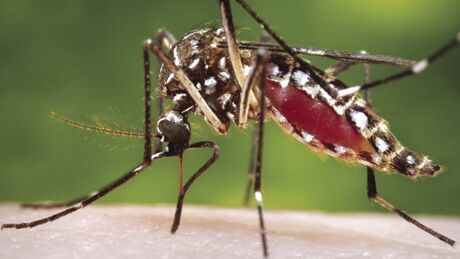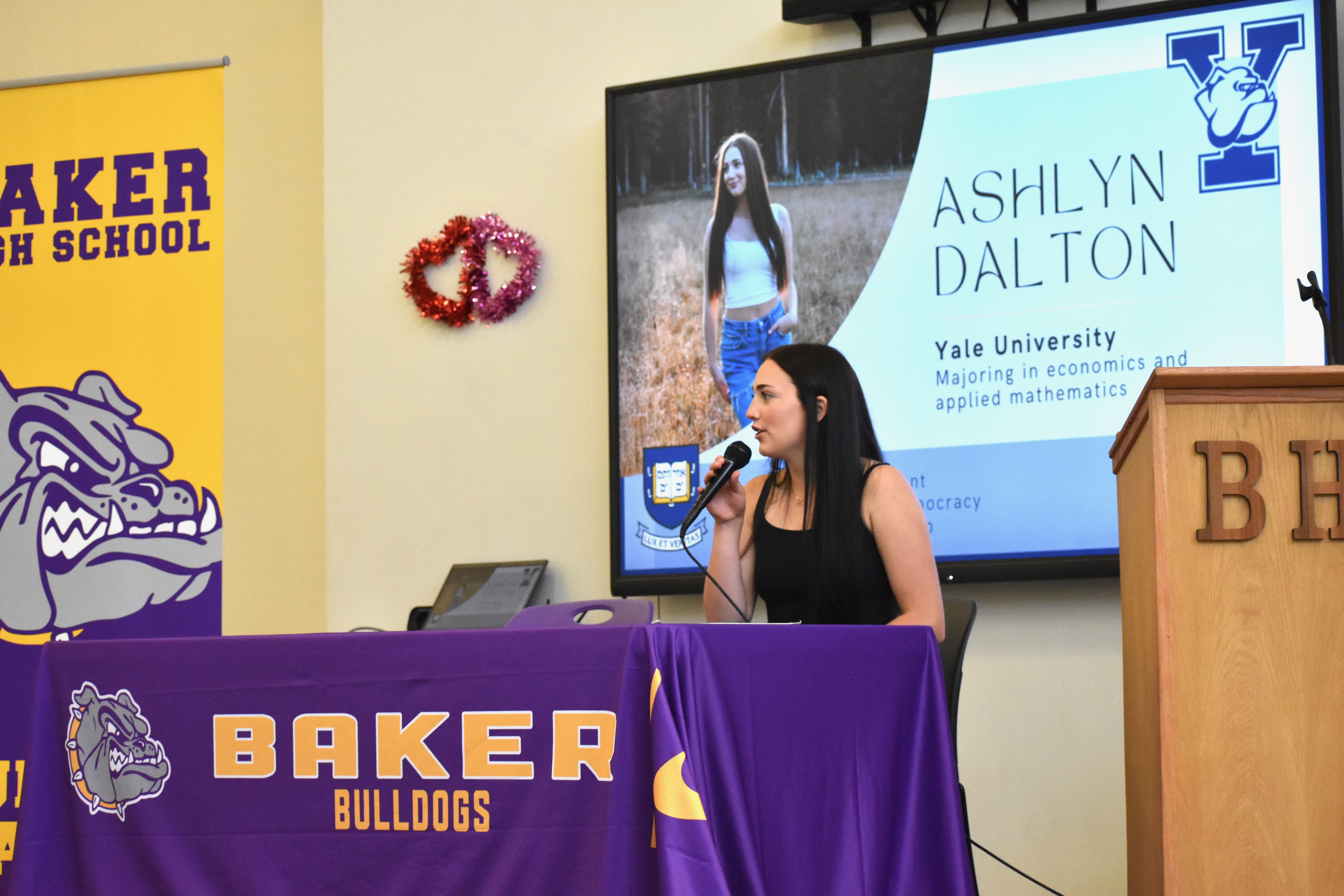Bug battle: Baker Valley Vector Control District adds two drones to its arsenal
Published 1:00 pm Monday, May 22, 2023

- Mosquitoes can spread a variety of diseases to people, including West Nile virus.
The crew tasked with controlling local mosquito populations has added two high-flying weapons to its arsenal.
The Baker Valley Vector Control District plans to use a pair of drones to apply a granular product that kills mosquito larvae before they can hatch into flying, biting adults.
And Matt Hutchinson, the district’s manager, expects there will be plenty of work for the new aerial tools thanks to the damp spring that has resulted in large swathes of standing water where the bugs breed.
“It definitely makes a difference when we have a wetter spring,” Hutchinson said. “It was cool for a little while, which slowed larval production, but we expect more mosquitoes from more cryptic sources that got filled with rainwater.
“We haven’t been seeing a ton of mosquito activity yet — a few mosquitos here and there,” Hutchinson said. “We’ll start to trap them in the next two weeks, but adult numbers have been fairly low.”
Although inundated pastures and fields are major sources of mosquitoes, the pests can also hatch from much smaller spots, such as discarded tires and anything else that holds water for an extended period.
“For the public we like to touch on emptying things that can harbor larvae, anything that can hold water for up to a week,” Hutchinson said.
Hutchinson is responsible for the 200,000-acre vector district, which was created in 1975 and covers Baker City, much of Baker Valley as well as Bowen and Keating valleys.
The district is funded by a pair of property tax levies, one permanent and the other, a local option levy, which voters decide on. They approved the most recent four-year extension of that levy in May 2020.
The permanent levy raises about $282,000 annually, and the local option levy about $87,500.
New drones
Although Hutchinson said he expects to use the district’s truck-mounted foggers this season to kill adult mosquitoes in Baker City, his crews spend much of their time outside town. They know the areas where persistent standing water harbors mosquito larvae, and they target the application of larvae-killing products in those areas.
To aid in that campaign the district has acquired two drones, one being an industrial fogger as big as a lawnmower, the other a smaller aircraft.
The smaller drone, a SwellPro Fisherman, is a waterproof model that can survey areas and apply larvicide.
The larger of the two, a DJI Agras T40 agricultural drone, is ideal for treating larger areas, capable of applying granular larvicide over ponds and flooded fields. The material, which is derived from bacteria that occurs naturally in the soil, floats on the water and interferes with the larvae’s digestive system, in effect starving them.
“Once we get all the proper paperwork processed it will be used for applying larvicide to larval sources, primarily flood irrigated pastures,” Hutchinson said of the larger drone.
He hopes to raise awareness among the public about the aircraft, since some people are likely to see it “buzzing around.”
Vector district workers also apply larvicide by backpack sprayers.
Trapping and testing
District crews distribute mosquito traps around the district, collecting the insects and sending them to a lab in Corvallis to be tested for West Nile virus.
Last year, 21 “batches” of trapped mosquitoes tested positive for the virus, which the bugs can transmit to people and horses through bites.
Two Baker County residents also tested positive for the virus. Both lived in the Richland area, which is outside the vector control district.
Both residents had symptoms, which prompted them to seek medical care and to be tested, but they recovered.
Although about 80% of people infected with West Nile virus have no symptoms or very minor effects, according to the Oregon Health Authority, the virus can cause major and lasting neurological problems. In rare cases it can be fatal.
In 2021 there was one human case of West Nile virus in Baker County. There were no human cases in the county in 2020, two cases in 2019, none from 2015-18, and four cases in 2014.
Mosquitoes can also infect horses with western equine encephalitis.
Hutchinson encourages horse owners to have their animals vaccinated for West Nile virus, if they haven’t already.
The vector district will also be testing ticks for Lyme disease this year.
Anyone who has had attached ticks can bring the bugs to the vector control office at 19611 S. Airport Lane. The office is in a hangar just north of the road leading to the Baker City Airport.
The district’s website — bvvcd.org — includes a form where residents can report mosquito infestations, a spraying schedule, and information about all the products the district uses to control mosquito larvae and adults.
“It definitely makes a difference when we have a wetter spring. It was cool for a little while, which slowed larval production, but we expect more mosquitoes from more cryptic sources that got filled with rainwater.”
— Matt Hutchinson, manager, Baker Valley Vector Control District





